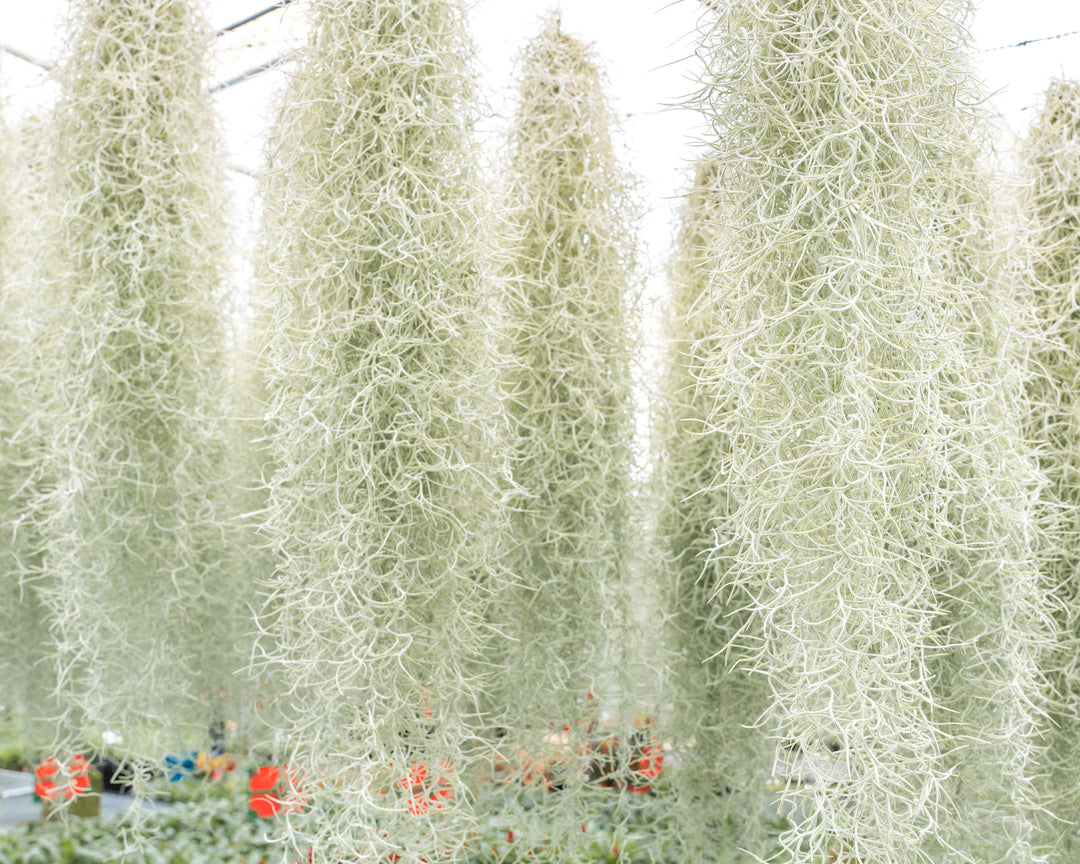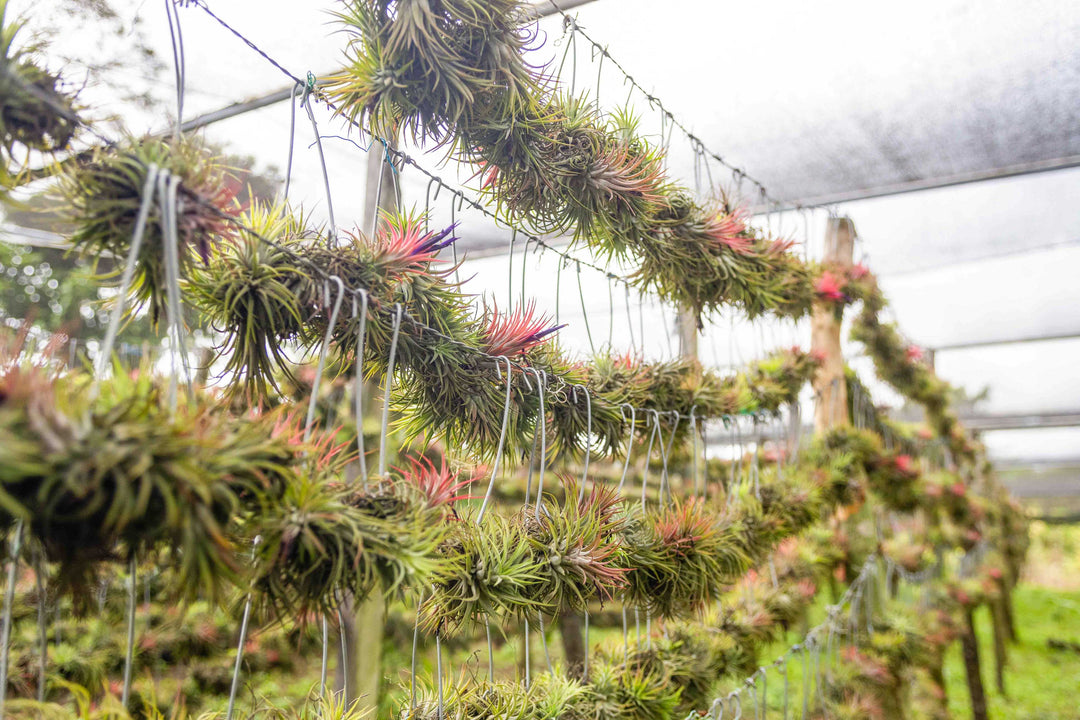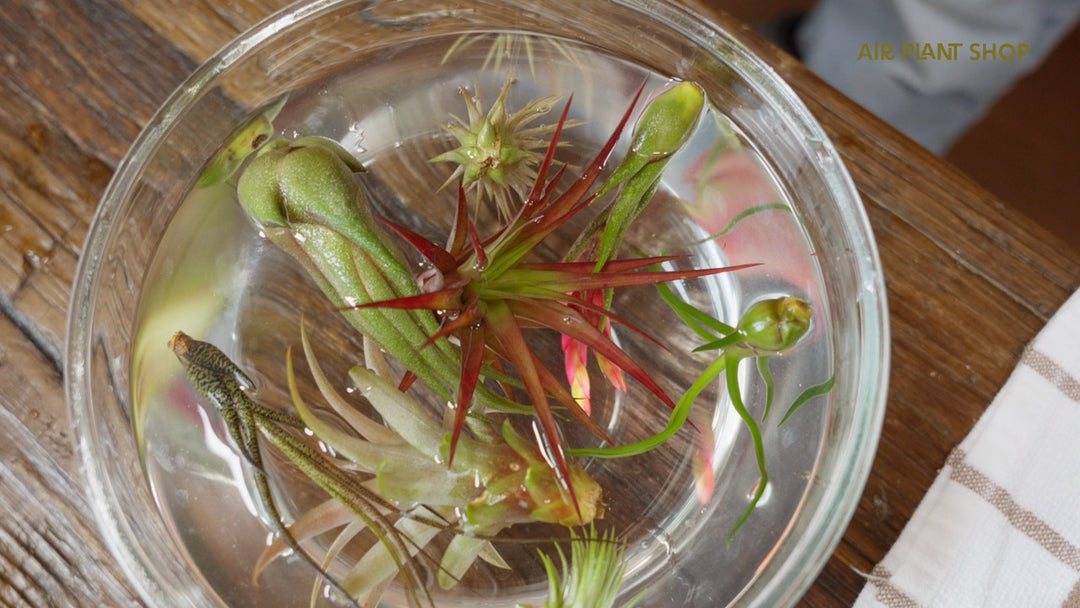
Air Plant Spotlight: Tillandsia Caput Medusae
Tillandsia caput medusae derives its whimsical name from its striking resemblance to the mythological Medusa's serpentine hair. Its long, twisting leaves radiate from a central base, giving it a unique and almost otherworldly appearance. It's abundance of trichomes also gives it a unique fuzzy texture. When in bloom, it undergoes a dramatic transformation that enhances its already striking appearance. The plant produces a flower spike that emerges from its center. This spike can be quite colorful, often displaying shades of pink or red, which adds a vibrant contrast to the silvery-green foliage.

Medusae can be found in the wild in various regions of Central America and Mexico. Its natural habitat spans countries like Honduras, Nicaragua, Costa Rica, Guatemala, and southern Mexico. This epiphytic plant typically grows on trees, rocks, and other surfaces in its native tropical and subtropical environments. It thrives in humid forests, often at mid to high elevations where it can receive ample indirect sunlight and frequent mist from rain and fog. The plant's ability to absorb moisture and nutrients through its leaves allows it to flourish in these diverse, soil-less environments, making it a resilient and adaptable species in its native range.
Caring for Caput Medusae is pretty straight forward! This unique plant thrives best in bright, indirect light, so placing it near a window with filtered sunlight or under fluorescent or LED grow lights is ideal. Watering involves misting the plant several times a week or soaking it in water for about 20-30 minutes once a week. After soaking, it’s important to shake off any excess water to prevent rot, ensuring the plant dries completely within a few hours. Good air circulation is essential, so avoid placing it in a closed terrarium or other confined spaces until it's completely dry.
Decorating with Caput Medusae offers a unique and versatile way to bring a touch of nature's artistry into your home! Thanks to its distinctive, twisting leaves and soil-free growing requirements, this air plant can be displayed in a variety of creative and visually appealing ways. One popular method is to mount the plant on a piece of cork bark oak wood, creating a natural, sculptural centerpiece. For a more modern look, you can suspend the plant in a glass terrarium, either hanging or sitting on a surface, where its striking form can be appreciated from all angles. For a whimsical touch, consider placing Tillandsia caput medusae in unexpected locations, like nestled among books on a shelf or as part of a table setting for a natural, organic feel.








I always enjoy your blogs and videos! They are informative as well as interesting. More please! I guess I’m obsessed with airplants. But that’s ok!
Leave a comment